I knew one of my nonfiction manuscripts was mission something—something that I couldn’t identify! The topic was interesting, about a space telescope. The text wasn’t wordy; less than 800 words. The language level was appropriate for my target audience. Yet, I felt something crucial was missing, SOMETHING that should be in the blueprint of the manuscript, rather than just on the paper. SOMETHING that I couldn’t identify
After searching through numerous blog posts and craft books, I found my mistake in a craft book published more than two decades ago; A WRITER’S GUIDE TO NONFICTION by Elizabeth Lyon.
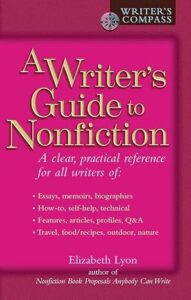
The book says:
That was it. My manuscript lacks a slant.
What is a book’s slant?
Cambridge Dictionary defines SLANT as “to present information in a particular way, especially showing one group of people, one side of an argument, etc. in such a positive or negative way that it is unfair.”
Slant is the perspective from which you approach your subject. Let’s say we want to write about an insect, for example, a firefly. It doesn’t matter if it is a picture book or a book for an adult audience; you need to define which aspect of the firefly you want to present. Is your perspective biological? For example, the firefly’s life cycle, influence the environment, or do you want to discuss them as an endangered species? Or is your slant philosophical, such as exploring the firefly’s metaphor in Japanese Zen Buddism?
You can easily identify a book with a well-defined, focused slant; Its boundaries are clearly visible. It’s not a loose collection of facts about this or that. You won’t find yourself asking, “So what? Why are you telling me this?”. Slant is like a string of necklaces—you may not see it, but you know the thread keeps the beads (or pearls) together. It isn’t like a Wikipedia entry where you read a jumble of information where skipping a couple of pages doesn’t cause you to lose track of the content.
The first place to discover the slant is in the book title. The book title is like utensils and dishes on the dining table. As soon as you see soup bowls and fish knives on the
table, you know what kind of meal you’ll be served. Similarly, from the book title, you immediately understand what kind of reading journey the author is inviting you to.
Now that I understand the problem, I realized the manuscript was giving me a clear hint about what it lacked: I couldn’t write a pitch for it because I didn’t know what the manuscript was saying!
Slant Types
In A Writer’s Guide to Nonfiction, Elizabeth Lyon lists the fifteen most common slants [Page 39]. I examined this list in the context of traditionally published nonfiction picture books. Please let me know if you know of any other types of slant that aren’t listed below.
- Amazement As the name suggests, this slant involves arranging the information in a way that amazes the reader.
- YOUR PLACE IN THE UNIVERSE (2020, by Jason Chin) aims to amaze young readers by illustrating just how small we are in comparison to the vastness of cosmic
scales.
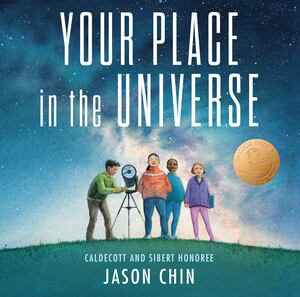
- THE UNIVERSE IN YOU: A MICROSCOPIC JOURNEY (2022, Jason Chin)
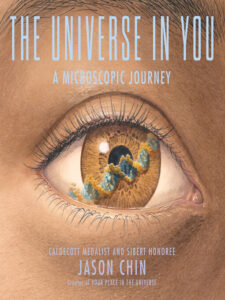
- YOUR PLACE IN THE UNIVERSE (2020, by Jason Chin) aims to amaze young readers by illustrating just how small we are in comparison to the vastness of cosmic
- Numbers This type aims to provide the reader with a sample collection on the topic. Sometimes, the number of items is included in the book title. The
best text structure for this type of slant is the list text structure (I’ll discuss text structure in another blog post).- 13 WAYS TO EAT A FLY (2021, Sue Heavenrich and David Clark)
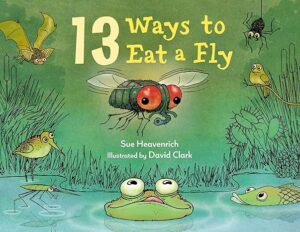
- DON’T LET THEM DISAPPEAR: 12 ENDANGERED SPECIES ACROSS THE GLOBE (2019, Chelsea Clinton and Gianna Marino) is exactly what the title says; a list of 12 endangered animals.
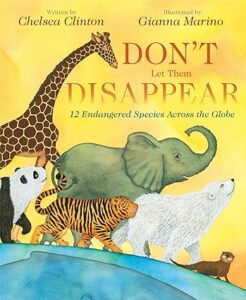
- 13 WAYS TO EAT A FLY (2021, Sue Heavenrich and David Clark)
- Detailed: For specific subjects, such as animals or certain locations, the market is saturated. If you write a picture book about elephants or dogs, it’s unlikely a publisher will be interested. Similarly, in the adult market, topics like gardening or yoga might face the same issue. In these cases, you need to approach the subject from a unique and detailed slant that hasn’t been explored yet. Consider the following examples, and note their recent publication years—they prove how a fresh perspective can stand out:
- As the title of DOGS: A HISTORY OF OUR BEST FRIENDS (2023, Lita Judge) indicates the book is about dogs. But, read the subtitle, where the slant is revealed. The book hasn’t created a jungle of information about dogs. It merely focuses on over 50,000 years of human-dog history.

- SHE LEADS: THE ELEPHANT MATRIARCH (2020, June Smalls and Yumi Shimokawara) details the responsibilities of the elephant leader.
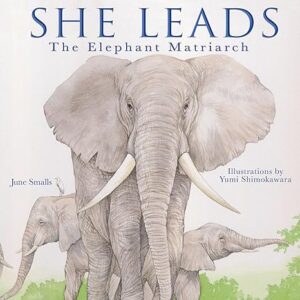
- LIFE AFTER WHALE: THE AMAZING ECOSYSTEM OF A WHALE FALL (2024, by Lynn Brunelle and Jason Chin) presents one of the most intriguing slants, which is clearly revealed in the book’s subtitle.

- As the title of DOGS: A HISTORY OF OUR BEST FRIENDS (2023, Lita Judge) indicates the book is about dogs. But, read the subtitle, where the slant is revealed. The book hasn’t created a jungle of information about dogs. It merely focuses on over 50,000 years of human-dog history.
- Funny Nonfiction doesn’t have to be dry; on the contrary, it can be both entertaining and educational. This slant suits any topic you can think of. Can you think of a more abstract subject than literary techniques? Yes, those techniques we were taught in school but never really learned. If you need a book that will make you laugh a lot, read The Elements of Eloquence by Mark Forsyth. I have never laughed so much or learned so much from a single nonfiction book as I did from this one.
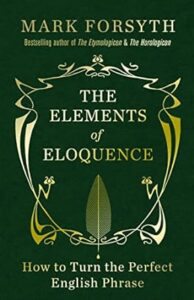 Perhaps a humorous slant suits your subject better!
Perhaps a humorous slant suits your subject better!
- I’M TRYING TO LOVE GERMS (2023, Bethany Barton and Bethany Barton)
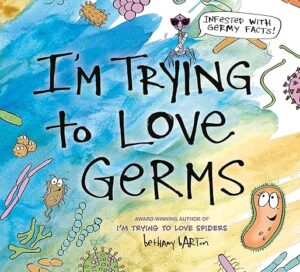
- COULD A PENGUIN RIDE A BIKE?: …AND OTHER QUESTIONS – HILARIOUS SCENES BRING PENGUIN FACTS TO LIFE! (2015, Camilla De La Bedoyere and Aleksei
Bitskoff)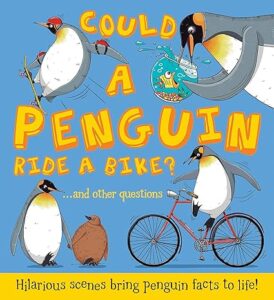
- IF YOU HAD YOUR BIRTHDAY PARTY ON THE MOON (2019, Joyce Lapin and Simona Ceccarelli) teaches the reader about microgravity but in an
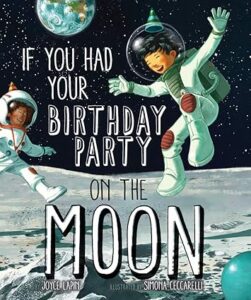 imaginative funny way!
imaginative funny way!
- I’M TRYING TO LOVE GERMS (2023, Bethany Barton and Bethany Barton)
- Location
- The over and under series by Kate Messner is a good example. For example, OVER AND UNDER THE RAINFOREST
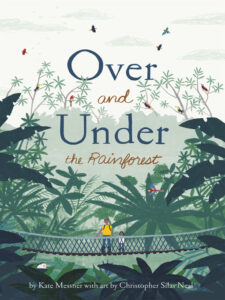
- HELLO, PUDDLE! (2022, Anita Sanchez and Luisa Uribe)
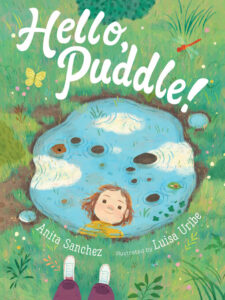
- THE GREAT LAKES: OUR FRESHWATER TREASURE (2024, Barb Rosenstock and Jamey Christoph)

- The over and under series by Kate Messner is a good example. For example, OVER AND UNDER THE RAINFOREST
- Secrets Curiosity is the basis of this slant.
- GUESS WHAT IS GROWING INSIDE THIS EGG (2007, Mia Posada)
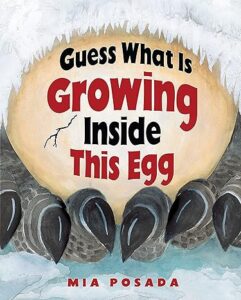
- MYSTERIES OF THE MOON (2020, Rebecca E. Hirsch) and the Space Mysteries series
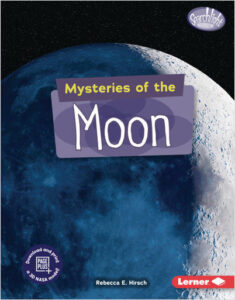
- GUESS WHAT IS GROWING INSIDE THIS EGG (2007, Mia Posada)
- Superlatives I found only one example for this slant. Do you know any more? If so, please let me know in the comments.
- SUPERLATIVE BIRDS (2000, Leslie Bulion and Robert Meganck)
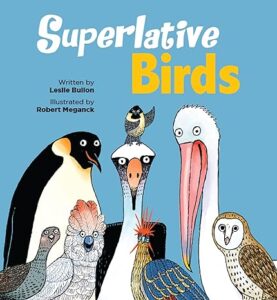
- SUPERLATIVE BIRDS (2000, Leslie Bulion and Robert Meganck)
- The best slant: Combination A slant that can organically involve more than one perspective could target a larger audience. However, be careful not to force it or overwhelm the reader’s attention span.
The other slant types in A WRITER’S GUIDE TO NONFICTION may not suit books and picture books. For example, the slant type “Newsy” is intended for newspapers and magazines. Similarly, slants such as “Brand-New” or “Promise” (commonly seen in self-help books) are not applicable to children’s books.
Examine Your Manuscript’s Slant
I strongly suggest writing down your nonfiction manuscript’s slant in one sentence—either on paper or on your computer. Just a quick reminder:
- Vague terms like “giving information” or “inspiring the reader” don’t count.
- If you cannot distill it down, it doesn’t mean it’s subtle. It means you haven’t fully understand it.
- If the slant extends beyond one sentence and becomes too wordy, it shows a blurry unfocused slant.
- If your slant includes much technical information, names of locations, or people, it suggests that you haven’t peeled enough of your idea to reach its core.
Writing down the slant assists you in different ways:
- A slant helps orient your research. You will know when your research is sufficient. For example, if you want to write about the matriarchy in an elephant’s herd, you shouldn’t spend time researching on finding an elephant’s food. Instead, you focus on the needs of the herd.
- Research the market to determine if a book with a similar subject and slant has already been published. You may need to either select a different slant or choose another topic. In any case, this process will save you time and energy.
- A slant helps you avoid countless unnecessary revisions.
- While doing research, you probably gathered more material than could fit in one picture book. You can use the additional material in another manuscript with
a different slant.
I write blog posts about the craft of writing picture books regularly. In the next blog post, I’ll discuss the crucial role of the hook, the first line(s) of nonfiction picture books.
The list of the previous posts is on the PictureBookPedia. Also, I publish a quarterly newsletter that includes links to my recent blog posts.
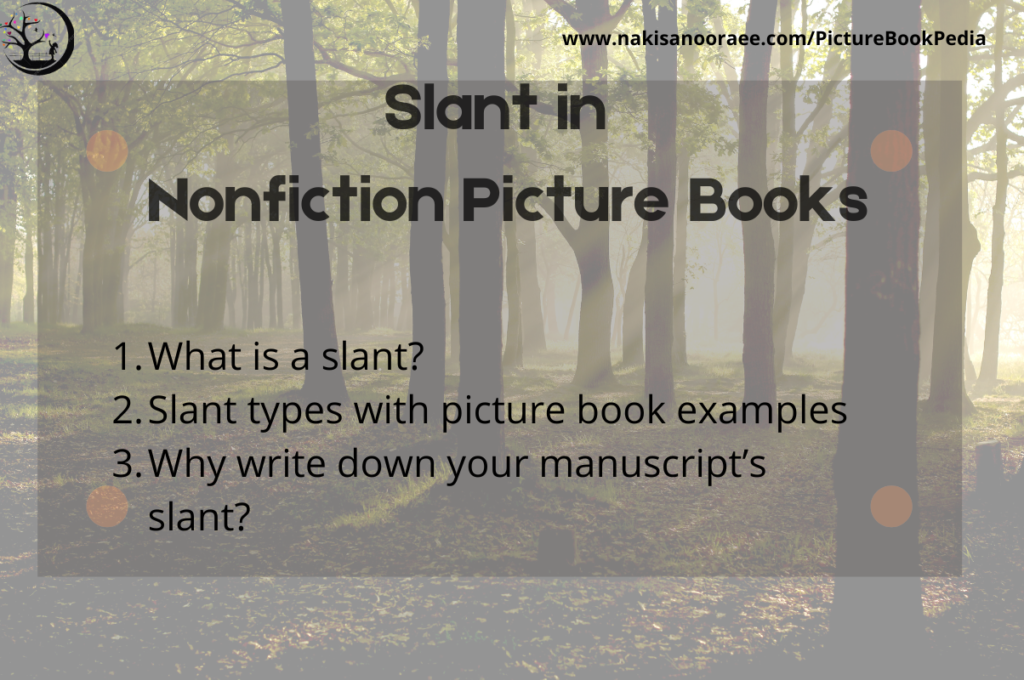

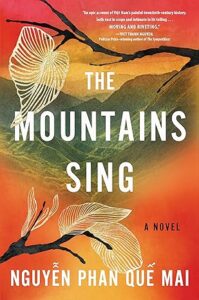
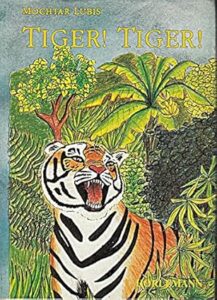

Such a great post! I’ve never considered looking at the slant (or lack of one) in my writing!
Glad that this post helped you.